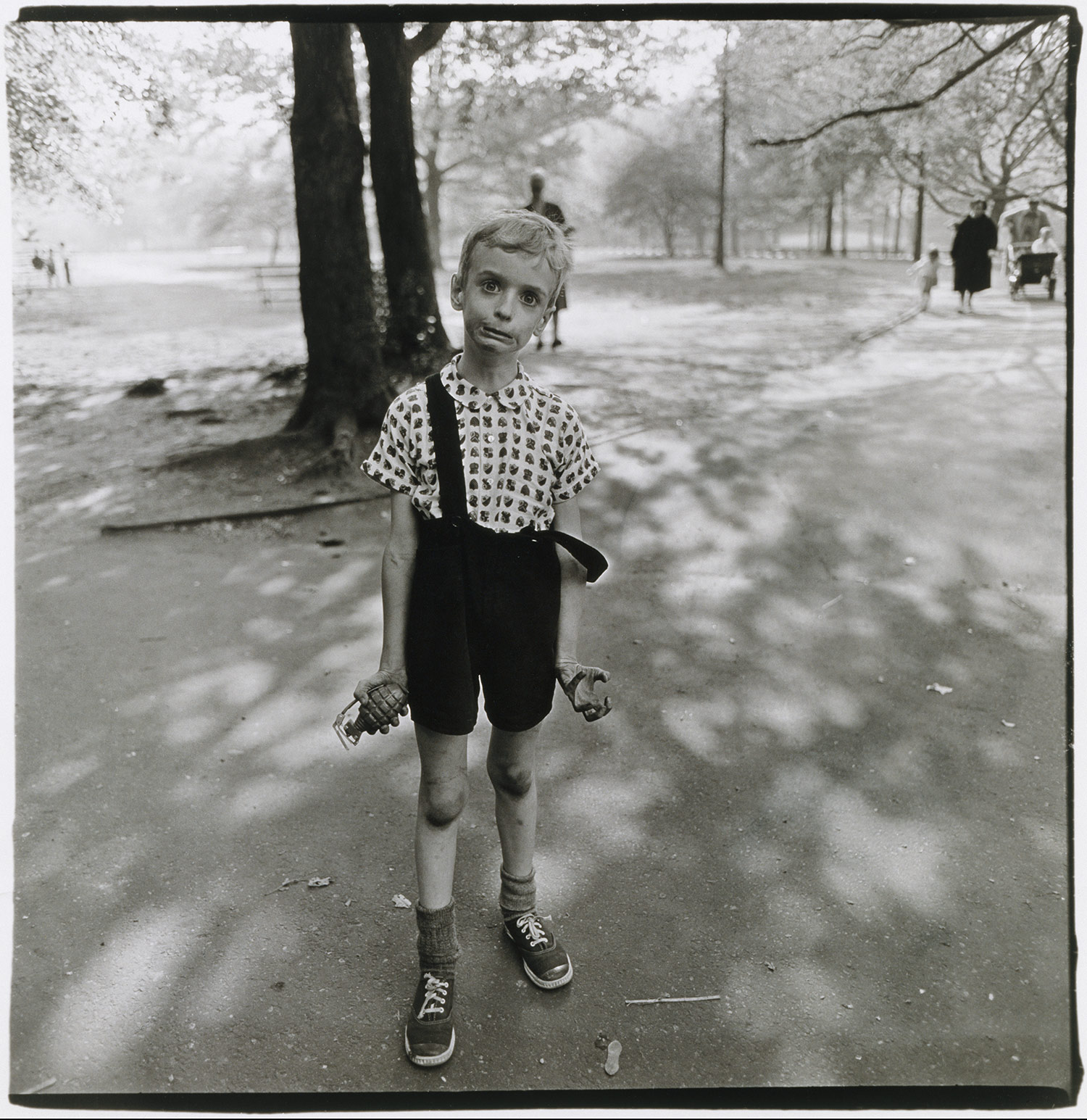In 1962, Arbus took a photograph of a young, skinny boy in Central Park called Colin Wood. The boy is clutching a toy grenade in one hand, and clutching the air with another where the other grenade (which he had lost a few days before) should have been. Even though she took a number of photos of Colin Wood on that day, she chose to use that particular photo represent the recent violence in America.
In 1971, Diane Arbus committed suicide. Many people believed she did this because she wanted to be anyone but her self, which was often represented in the images she took.
 |
Larry Clarke-Tulsa
book front cover |
Larry Clarke's “Tulsa” photos were all about his own life in Tulsa, Alabama. His life consisted of hanging out with friend, taking drugs, sex and guns. Unlike photographers like Walker Evans and Diane Arbus, he was an insider. The images were viewed like a visual person diary, because he was just like the people he photographed, as seen as one of them as they were his friends.
Confessional photography was largely influenced by by the work of Larry Clarke because it has an insiders account, . Nan Golding considers herself to be a confessional photographer, as she has an insiders account of transsexuals, transvestites, drug addicts and 24 hour party people. She tries to show the normality of people who are often considered freaks.
The Japanese photographer, Arabic will photograph everything around him like Japanese people, as well as taking promiscuous images. He also photographed every detail of his 20 year relationship with his wife, including his wedding, honeymoon and his wife's funeral. Arabic documents his life in such detail because he believes that otherwise he won't be able to remember it, especially in so much detail. He shoots every part of his life,other than the moments he doesn't want to remember.
The premise to Post-modernism is that we live in a culture saturated with media images and models. It is filled with ideas of how we should live our lives and who we are. All of this is influenced by media myth.


No comments:
Post a Comment